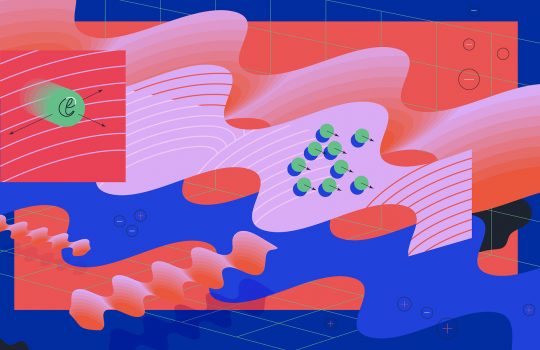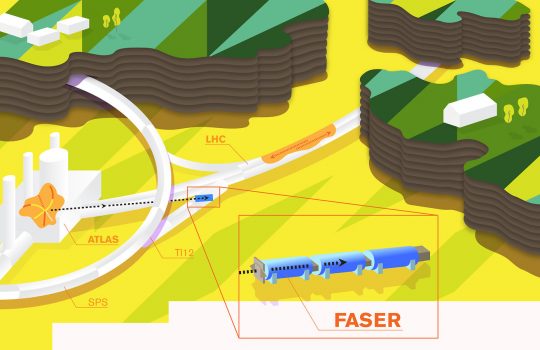The potential of plasma wakefield acceleration
What if you could accelerate particles to higher energies in only a few meters? This is the alluring potential of an up-and-coming technology called plasma wakefield acceleration. Scientists around the world are testing ways to further boost the power of particle accelerators while drastically shrinking their size.



